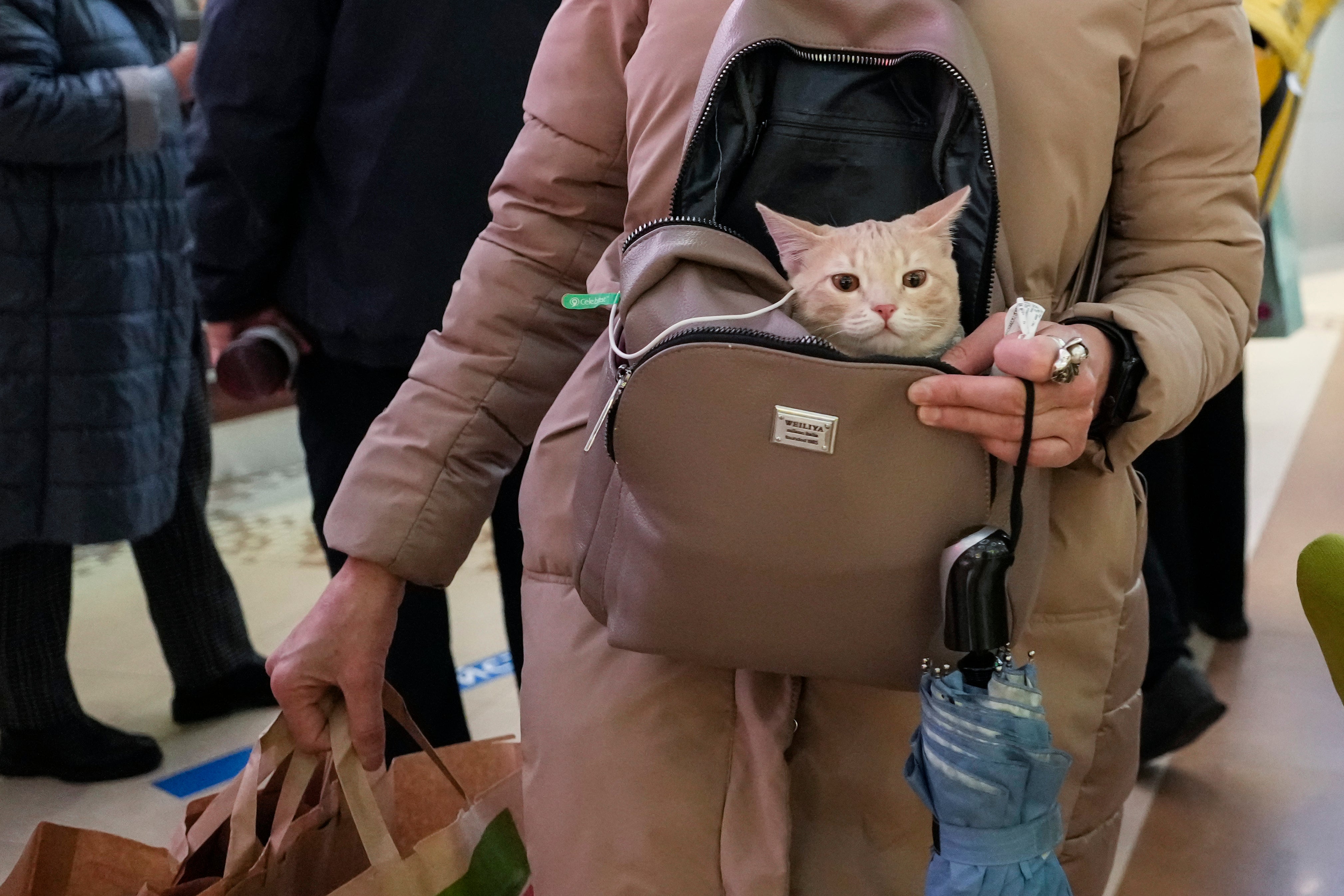Russians go back to work but virus cases, deaths stay high
Russians have gone back to work on Monday after a nine-day hiatus ordered by the authorities to tame a record-breaking surge of coronavirus infections and deaths

Your support helps us to tell the story
From reproductive rights to climate change to Big Tech, The Independent is on the ground when the story is developing. Whether it's investigating the financials of Elon Musk's pro-Trump PAC or producing our latest documentary, 'The A Word', which shines a light on the American women fighting for reproductive rights, we know how important it is to parse out the facts from the messaging.
At such a critical moment in US history, we need reporters on the ground. Your donation allows us to keep sending journalists to speak to both sides of the story.
The Independent is trusted by Americans across the entire political spectrum. And unlike many other quality news outlets, we choose not to lock Americans out of our reporting and analysis with paywalls. We believe quality journalism should be available to everyone, paid for by those who can afford it.
Your support makes all the difference.Russians went back to work on Monday after a nine-day hiatus ordered by the authorities to tame a record-breaking surge of coronavirus infections and deaths.
Despite the drastic move, the daily tallies of new cases and COVID-19 deaths remained high throughout the non-working period. Officials in the Kremlin argued Monday that it was too early to tell whether the measure had the desired effect.
“Too early to draw a conclusion. It will be clear in about a week,” Kremlin spokesman Dmitry Peskov told reporters.
Russia's coronavirus task force reported 39,400 new infections and 1,190 deaths on Monday — numbers only slightly lower than the record 41,335 new cases registered on Saturday and the record 1,195 deaths reported on Thursday. Russia has the worst death toll in Europe by far, and is one of the top five hardest-hit nations in the world.
The task force has been reporting around 40,000 new cases and over 1,100 new deaths each day since late October.
Last month, Russian President Vladimir Putin ordered many Russians to stay off work between Oct. 30 and Nov. 7. He authorized regional governments to extend the number of non-working days, if necessary, but only five Russian regions have done so.
Others have restricted attendance to public places, such as restaurants, theaters and cinemas, to those who either have been fully vaccinated, have recovered from COVID-19 within the last six months or tested negative in the previous 72 hours.
Russia’s autumn surge in infections and deaths comes amid low vaccination rates, lax public attitudes toward taking precautions and the government’s reluctance to toughen restrictions.
Less than 40% of Russia’s nearly 146 million people have been fully vaccinated, even though Russia approved a domestically developed COVID-19 vaccine months before most countries.
In all, Russia’s coronavirus task force has reported more than 8.8 million confirmed cases and over 248,000 deaths.
However, reports by Russia’s statistical service Rosstat that tally coronavirus-linked deaths retroactively reveal much higher mortality numbers: 462,000 people with COVID-19 died between April 2020 and September this year.
Russian officials have said the task force only includes deaths for which COVID-19 was the main cause and uses data from medical facilities. Rosstat uses wider criteria for counting virus-related deaths and takes its numbers from civil registry offices where registering a death is finalized.
—-
Follow AP’s pandemic coverage at https://apnews.com/hub/coronavirus-pandemic